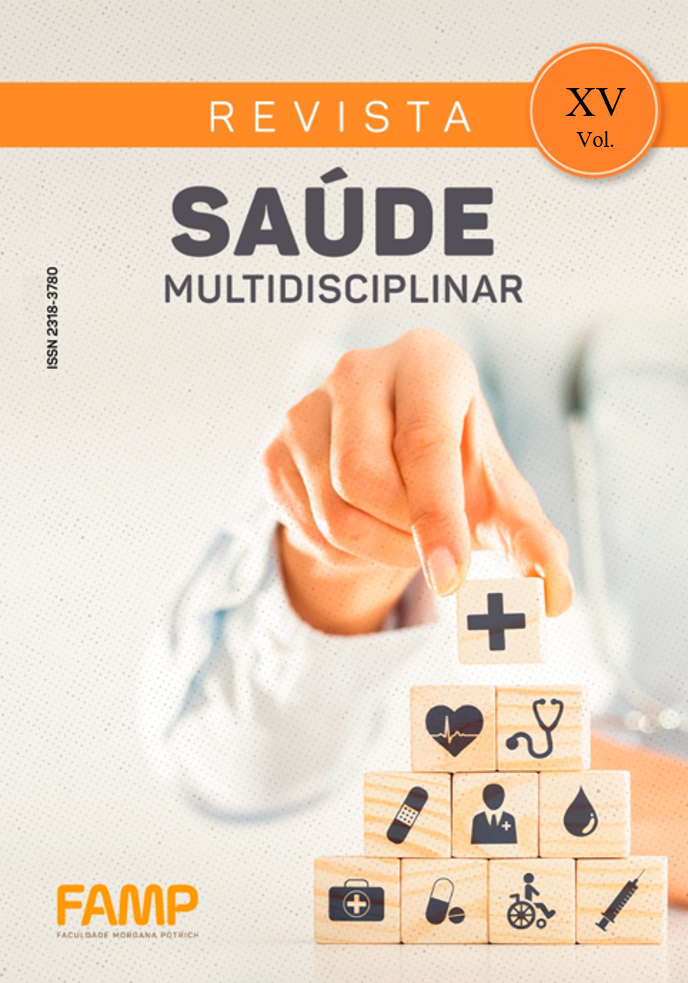The effect of therapeutic ultrasound on Maximum inspiratory pressure and maximum expiratory pressure of healthy young individuals
DOI:
https://doi.org/10.53740/rsm.v15i2.646Keywords:
: Diaphragm. Maximum respiratory pressures. Ultrasound therapAbstract
The diaphragm is the main muscle of inspiration, its origin begins in the vertebrae (L2-L4), the arcuate ligaments, the rib cage and the sternum, being inserted in the last ribs. Respiratory pressures are called maximal inspiratory pressure and maximal expiratory pressure, the resulting values of these pressures are important to assess respiratory muscle weakness. Objective: To verify the immediate effect on chest expansion and respiratory pressures (PImax and MEP) after the application of therapeutic ultrasound to the diaphragm. Methodology: This is a clinical trial, in which 30 individuals were selected, randomized between three groups: intervention group (IG), in which the ultrasound technique was applied, and placebo group (GP), in which the application was simulated of the ultrasound. And the control group (CG), which performed only the assessment of respiratory pressures with the manovacumeter. Axillary, xiphoid, basal and abdominal cirtometry was performed in GI and PG participants. Result: They show that the analyzes of the mean and standard deviation in the three groups: IG, PG and GC did not show significant results in MIP and MEP. It was observed that xiphoid expansion showed an increase after the ultrasound intervention and there was a decrease in basal and abdominal expansion, while axillary expansion was maintained. Conclusion: It is concluded that the protocol with therapeutic ultrasound, at the point of pain or muscle tension in the diaphragm, does not provide improvement in maximal inspiratory and maximal expiratory pressures. Regarding the expansion of the rib cage, from the data obtained, it was not possible to say that there was a significant increase.
Additional Files
Published
How to Cite
Issue
Section
License
Copyright (c) 2023 REVISTA SAÚDE MULTIDISCIPLINAR

This work is licensed under a Creative Commons Attribution-NonCommercial-NoDerivatives 4.0 International License.









